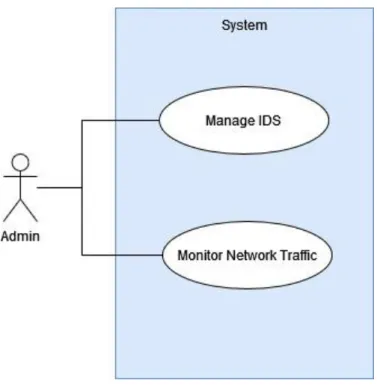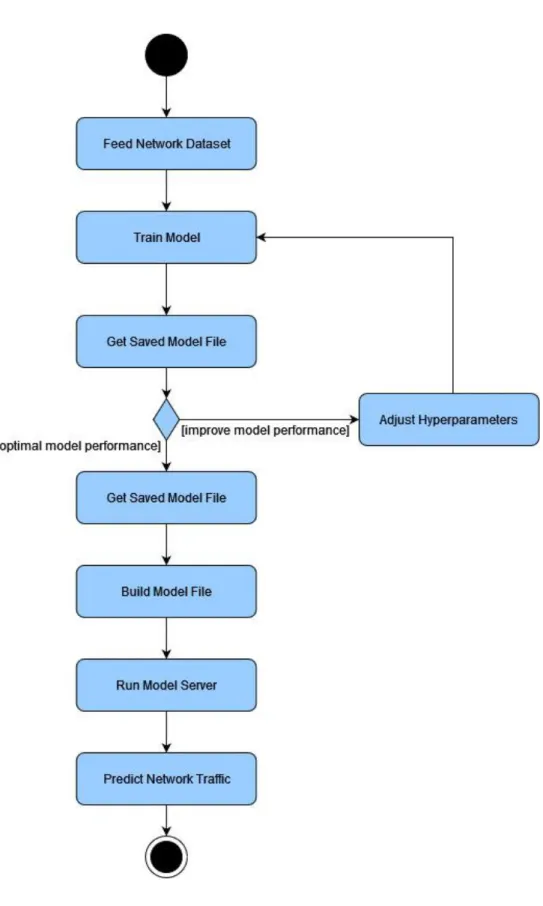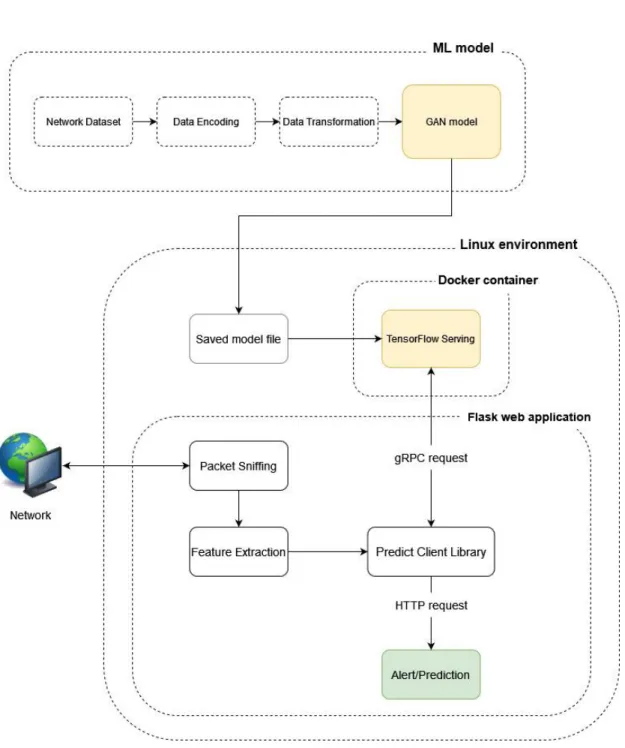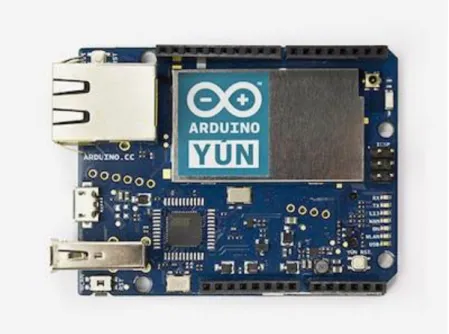It is hereby certified that ______Joshua Phang Jen Hoe ID No: __18ACB06775) completed this final year project titled "_Real-Time Intrusion Detection System in IoT Medical Devices_" under the supervision of Gan Ming Lee (supervisor) of the Department of Computer and Communication Technology, Faculty of Information and Communication Technology. I certify that this report entitled "Real-time Intrusion Detection System in IoT Medical Devices" is my own work, except as noted in the references.
LIST OF ABBREVIATIONS
Introduction
- Problem Statement and Motivation
- Objectives
- Project Scope
- Contributions
- Report Organisation
The aim of the thesis is to propose a real-time IDS capable of detecting potential network intrusions into IoT medical devices. The main potential of this project is to propose an IDS that can secure medical IoT devices in real time.
Literature Review
Review of the Technologies
- Vulnerabilities in IoT Medical Devices
- Denial of Service (DoS) attacks
- Man-in-the-middle (MITM) attacks
- Side channel attacks
- UNSW-NB15 Dataset
- Packet Sniffing
MITM attacks have evolved over IoT medical devices in the healthcare sector. Side-channel attacks involve exploiting observable physical properties emitted from the physical components of IoT medical devices.
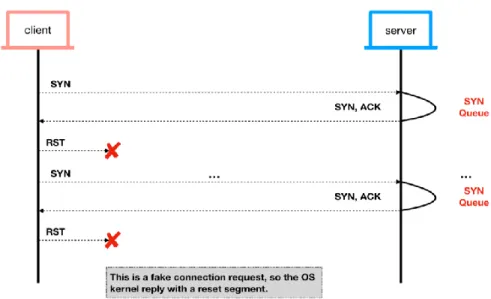
Review of Previous Research Works on IDS
It is usually done to monitor network traffic by network administrators to ensure that network traffic is not malicious. Their proposal for a sequential attack detection architecture revolved around two phases, in which the first phase performs training model building and data collection, and the second phase detects botnet attacks from incoming network traffic based on traffic patterns analyzed by their end-product IDS engine.
System Model
System Architecture Diagram
Use Case Diagram and Description
Activity Diagram
The activity diagram in Figure 3.3 shows the general flow of implementing the real-time IDS. The first few processes involve training the ML model by feeding the pre-processed dataset into the model and then obtaining the saved model file. The model can be improved by adjusting the necessary hyperparameters with every small adjustment that can affect the performance of the model.
Once the model is tested and satisfactory, the trained model is built and compiled into a model file specifically used for execution with the model server. Combined with some client prediction software packages and the necessary libraries, the model server will be ready to use as a real-time IDS for network traffic classification.
System Design
Data Pre-processing
- Feature Selection
- Data Transformation
Data preprocessing is the act of modifying the structure and nature of input data for subsequent ML model training. The training of the proposed ML model relied on the use of the UNSW-NB15 dataset, initially consisting of 49 attributes in total. After performing manual feature selection and categorical data coding on the input data in the UNSW-NB15 dataset, all data in the UNSW-NB15 training and testing datasets were converted to the NumPy array data type.
This is done to allow the transformed data to be fitted to the ML model for training and testing purposes. Since the ML model used TensorFlow libraries and code, data transformation was needed to allow the ML model to process the data on both the training and testing datasets.
GAN Implementation
In the input layer and each hidden layer of the model, all inputs for those layers were activated with the Leaky ReLU (Rectified Linear Unit) function. The tanh function maps the generated data in the generator model to the range (-1,1) for the false discriminator model, while the true discriminator model produces a sigmoid function output, which is the prediction result in the form of probability scores and the determinant of the classification outcome. It shows how far the predicted value is compared to the gradient value between which the loss function is needed to estimate the model loss.
In this case, the sparse cross entropy was used as the loss function for both sub-models, updating the weights and bias of the model in each training period to minimize the loss on subsequent model training. Since the final output of the model training produces probability values, sparse cross entropy loss function is preferred compared to the binary cross entropy.

Network Attack Simulation
Packet Sniffing
To feed the captured packets into the trained ML model, main fields such as -T flag and -e flag were included in the constructed Tshark command. The -T flag was used to specify the output format for the decoded packet data, while the -e flag was responsible for adding a field to the list of fields from the captured packet. The -f flag specified the captured packet protocols to be displayed; in this case, only packets with TCP or UDP as the transport layer in the TCP/IP model would be filtered as the desired output.
All these flags were combined in a Tshark command to capture any network packets in a live network interface and decode the packets to JSON format as output to feed the decoded data into the trained ML model.
Model Deployment
The final step towards completing the ML model deployment for production use is to build a Flask application for the ML model under the TensorFlow Serving system to identify potential network intrusions. The TensorFlow Serving docker image was first retrieved from the official TensorFlow docker account, followed by launching a Docker container that would open the specified REST API port and run the saved ML model file from the training of the model itself.

Hardware Setup
As for running a Linux-based virtual machine, the specifications listed in Table 5.2 were more than sufficient to predict network traffic in real time. Allocation of the number of processor cores and memory space can be at least two so that the Linux VM remains ready and running under stable conditions. However, a larger allocation of these computing resources is recommended, as the minimum specification requirements for more computationally intensive Linux distributions such as Kali Linux increase depending on the release version of the distribution and its usage.
Arduino Yun is an Arduino board that consists of many modules that look like typical functions that make up a normal IoT device, such as Wi-Fi module and some pins to connect to environmental sensors. In this context, Arduino Yun was used as an IoT sensor to simulate a typical IoT device with an Internet connection.

Software Setup
Docker is a platform-as-a-service (PaaS) platform that uses virtualization to develop and run applications in separate packages called containers. Since Docker uses a client-server architecture, the host machine executing Docker commands, also known as the Docker client, communicates with the Docker daemon, which is responsible for building and running Docker containers. The Docker client can then have the ability to run and host a Docker container on the same system locally, or connect a Docker client to a remote Docker daemon via the REST API and network interface.
Docker is generally lighter and faster compared to hypervisor-based VMs like VMWare and VirtualBox due to Docker containers sharing the same host OS instead of having a guest OS on top of the host OS. Therefore, much less computing resources are needed to run Docker containers compared to hosting hypervisor-based VMs when it comes to system portability and managing applications and services separately.
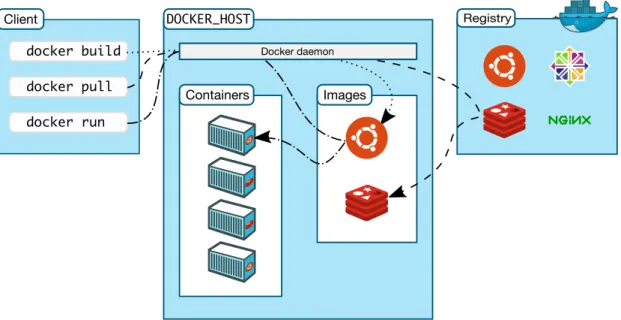
Setting and Configuration
This would allow the IDE to execute Python scripts and programs using the specified interpreter in the virtual environment. From there, all packages and modules installed in the virtual environment in question would also take effect within the virtual environment itself. In other words, this would separate the virtual environment from other environments so that the packages and libraries of different versions can be installed in the chosen virtual environment, without affecting the packages and libraries installed in the main environment.
Before setting up Docker and Flask, a virtual Python environment had to be created in the Linux VM. It is important to have a separate virtual environment because the implementation of the ML model requires Python 2 versions to be able to run a Python client script that is responsible for communicating with the TensorFlow Serving model server from the Docker image.
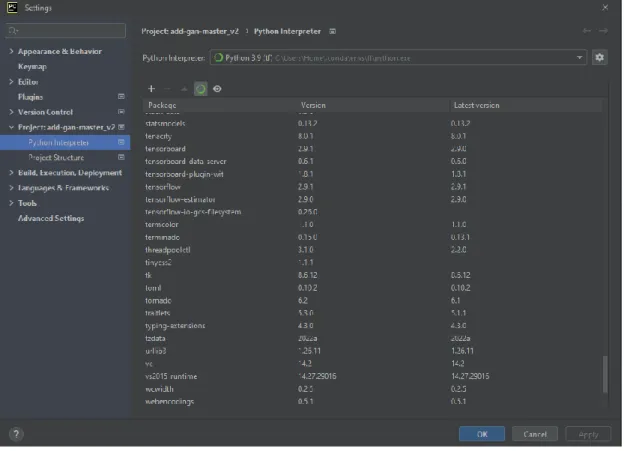
System Operation
The next step would be to create a saved model file from the checkpoint file previously. The configurations for the creation of a new virtual environment can be referred to the one in Figure 5.5, followed by Figure 5.6 for the installation of all other necessary software packages and libraries before starting a Docker container. By doing this, a new Docker container was created with the parameters listed in Figure 5.10, and the downloaded TensorFlow Serving image was run inside the Docker container.
As a result, the Docker container will start running with the image and be ready to be used to serve the ML model. Once the Docker container has started running, another Python script responsible for the real-time classification of network traffic will be executed in the Linux VM.
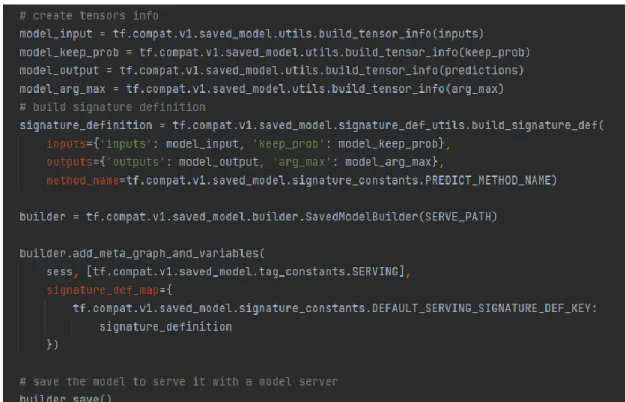
Implementation Issues and Challenges
Concluding Remark
System Evaluation and Discussion
- System Testing and Performance Metrics
- Testing Setup and Result
- Project Challenges
- Objectives Evaluation
- Concluding Remark
The performance of the GAN model was evaluated after averaging the number of training times with tuned main hyperparameters shown in Table 6.1. One of the main challenges in this project is the training of deep learning framework models such as GAN. Another challenge facing this project is the real-time aspect of the network classification.
The goals of the project could not be realized to a certain extent, as the IDS was mostly unable to detect network intrusions in real time. This chapter concludes with real-time testing of IDS and simulation results from IDS predictions, along with metrics used in evaluating the performance of the trained GAN model.
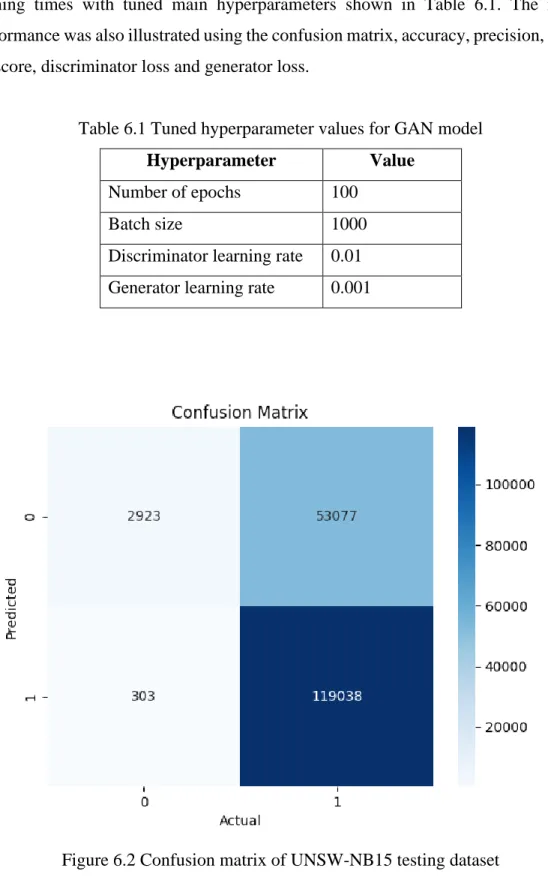
Conclusion and Recommendation
Conclusion
Recommendation
Creech, "Novel Geometric Area Analysis Technique for Anomaly Detection Using Trapezoidal Area Estimation on Large-Scale Networks," in IEEE Transactions on Big Data, 2017. Slay, "Big Data Analytics for Intrusion Detection System: statistische besluitvorming met behulp van Finite Dirichlet Mixture Models," in Data Analytics and Decision Support for Cybersecurity, Springer, Cham, 2017. Portmann, "NetFlow Datasets for Machine Learning-based Network In trusion Detection Systems," in Big Data Technologies and Applications: 10th EAI International Conference, BDTA 2020, en 13th EAI International Conference on Wireless Internet, WiCON 2020, 2020.
FINAL YEAR PROJECT WEEKLY REPORT
Poster
Plagiarism Check Results
Required originality parameters and limits approved by UTAR are as follows:. i) Overall similarity index is 20% and below, and. ii) Matching of individual cited sources must be less than 3% each, and (iii) Matching texts in consecutive blocks must not exceed 8 words. Note: Parameters (i) – (ii) must exclude citations, bibliography and text matches that are less than 8 words. Note: Supervisor/candidate(s) are required to provide a soft copy of the full set of the originality report to the faculty/department.
Based on the above results, I declare that I am satisfied with the authenticity of the Final Year Project Report submitted by my student(s) as mentioned above. Form title: Supervisor's Comments on Originality Report Generated by Turnitin for submission of Final Year Project Report (for Undergraduate Programs).
UNIVERSITI TUNKU ABDUL RAHMAN FACULTY OF INFORMATION & COMMUNICATION
TECHNOLOGY (KAMPAR CAMPUS)

